-
CHP Future Landscape in Horticulture
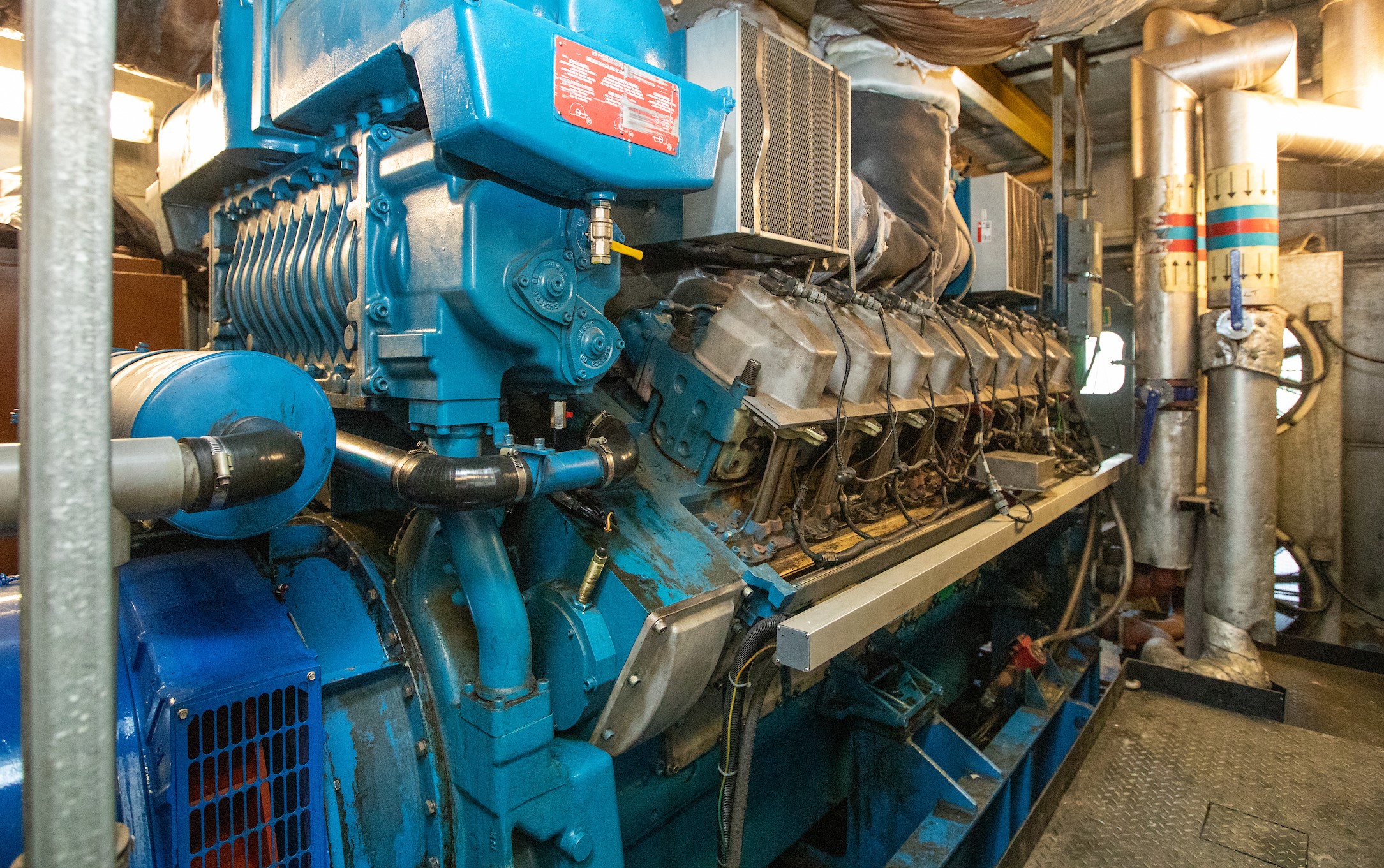
Introduction – why do we use CHP? Combined Heat and Power (CHP) is common in UK horticulture, and with good reason; each of the outputs of heat, electricity, and CO2 are useful. Having an electricity generation asset provides a lot of resilience and versatility in how a site can provide heat, light, and CO2 to…
-
Energy Market Update – March 2025

February Recap February saw a mix of conditions in both gas and power pricing. The first 10 days saw sharp price rises with continued momentum from January. Prices then swiftly decreased, settling back to levels seen in mid-December before the price hikes. Three main factors drove these price increases: Firstly, the fall out of Donald…
-
Hydrogen in Horticulture
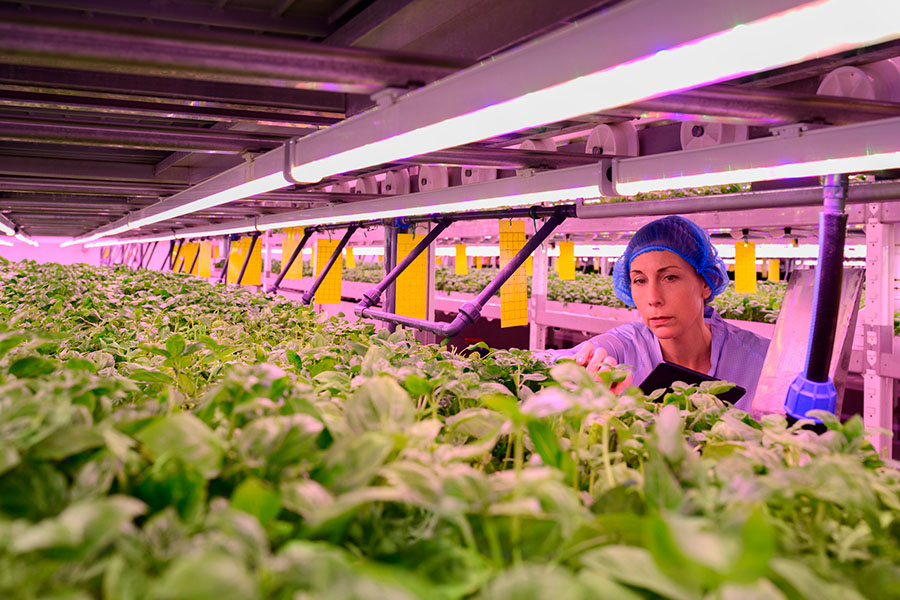
Basics of Hydrogen Hydrogen is the smallest and lightest element and forms molecular hydrogen (H2) gas at standard pressure and temperature. It’s extremely abundant, relatively easy to synthesise from water, and has a high gravimetric energy density (energy per unit mass). For these reasons, it has a lot of potential as an energy source. However,…
-
Energy Market Update – February 2025
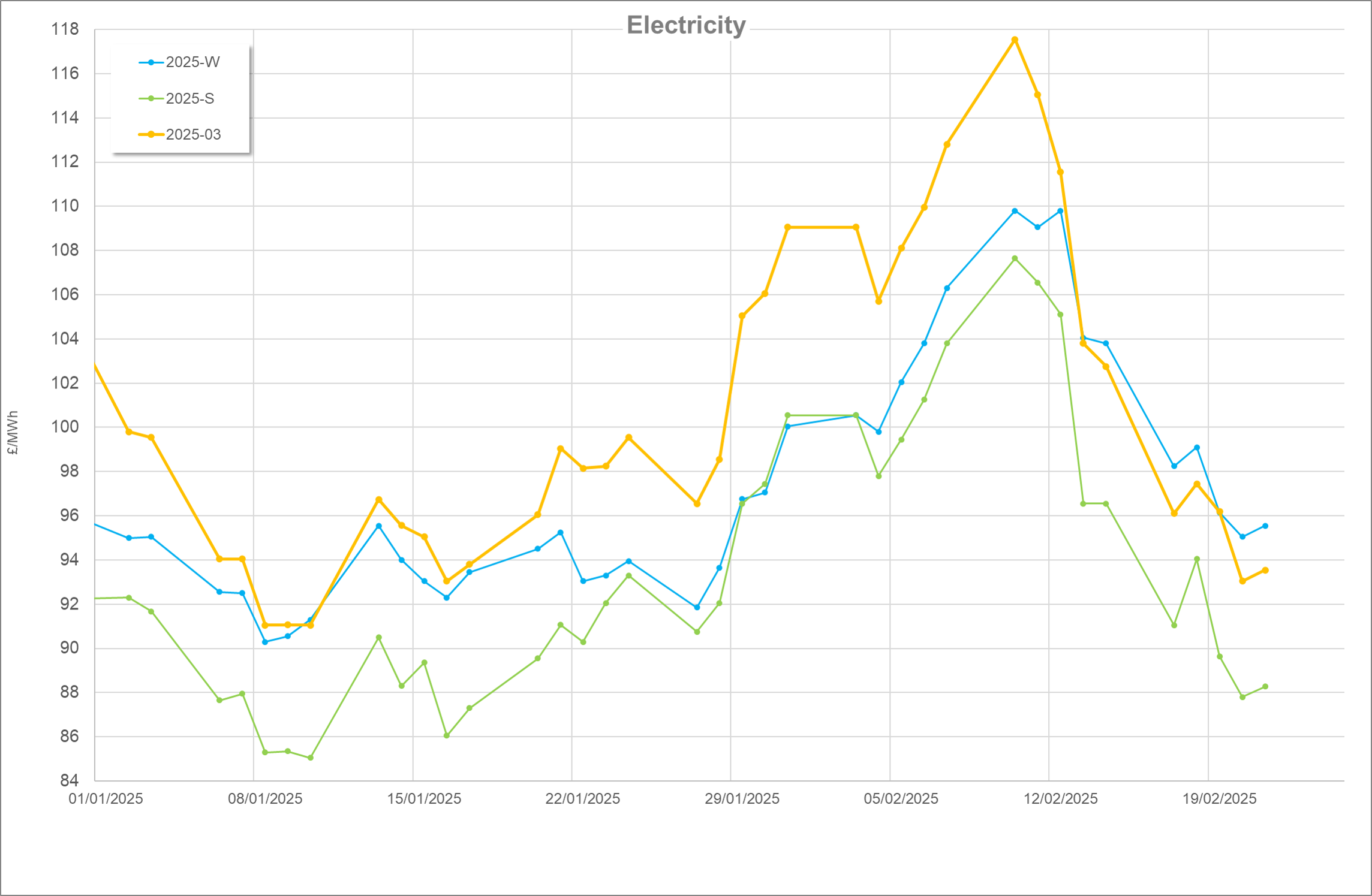
January Recap After a turbulent December in the markets following the wake of the exit of the last remnants of Russian gas into Europe, early January saw these prices continue to decline, before prices rapidly increased towards month end. It seemed that for the most part this was caused by another major concern with gas,…
-
Energy Market Update – January 2025

December Recap December was quite a turbulent month. With the last remnants of Russian gas exported to Europe ending on 31/12/24, the market’s reaction in the run up was less than calm. Although European Union rhetoric was that they were prepared for these contracts to run out, prices did not initially follow that sentiment. Neither,…
-
LED Lighting & Humidity
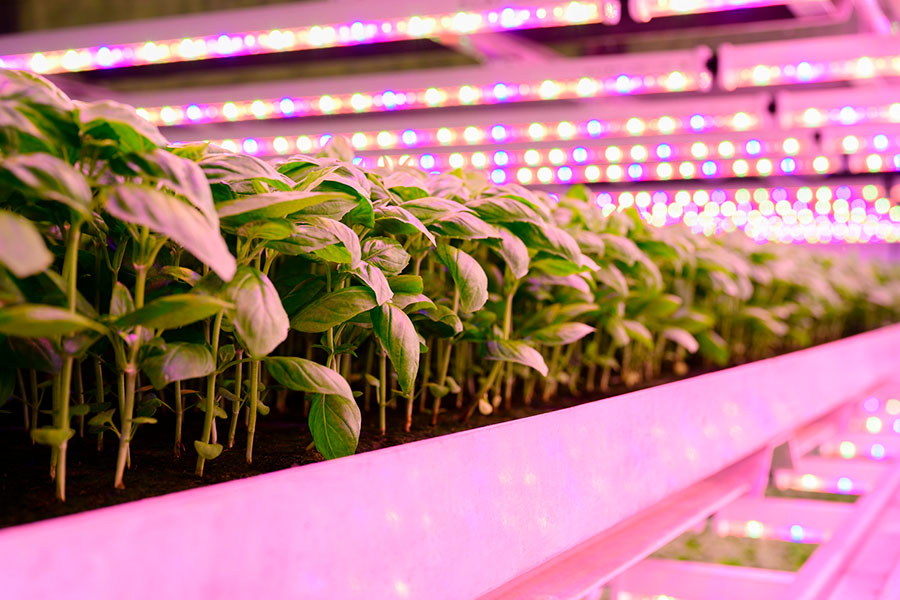
Introduction Closing out our recent series on humidity control, this article explores the effect that light has on humidity and the differences in supplemental lighting choices. For more information on dehumidification and plant empowerment, see our recent articles (Greenhouse dehumidification – Growsave, Plant Empowerment & Dehumidification – Growsave, Air Movement & Humidity – Growsave, Active…
-
Active Dehumidification
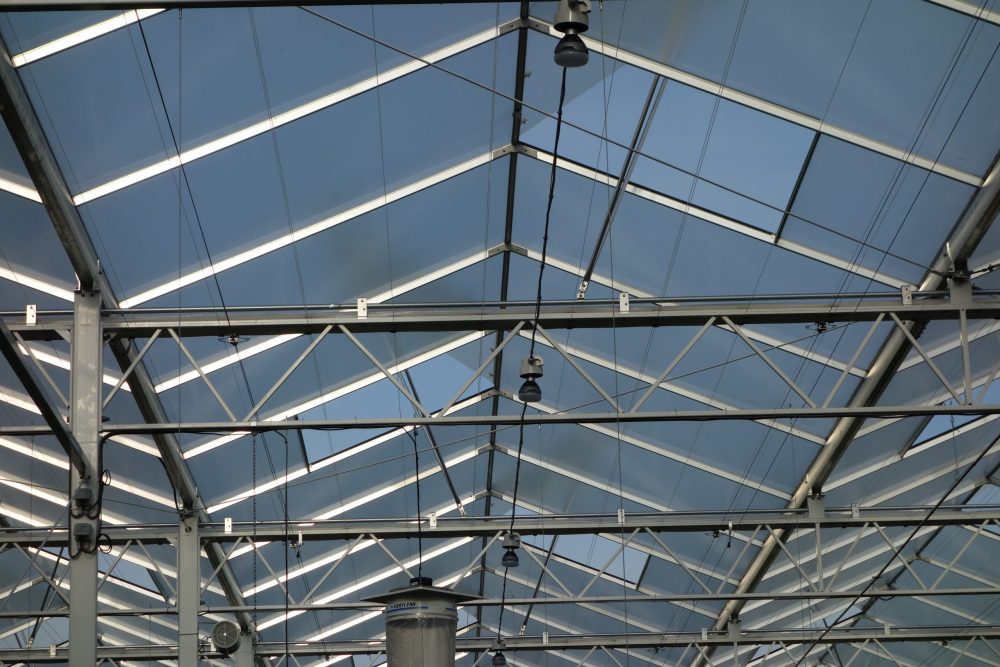
Why Dehumidify? Before discussing the details of dehumidification, it is important to understand why it is important to control humidity within a greenhouse at all. When humidity is low, evaporation rates increase which can cause water stress on the crop and will raise humidity regardless. Photosynthesis is optimised at a relatively high humidity level, as…
-
Air Movement & Humidity
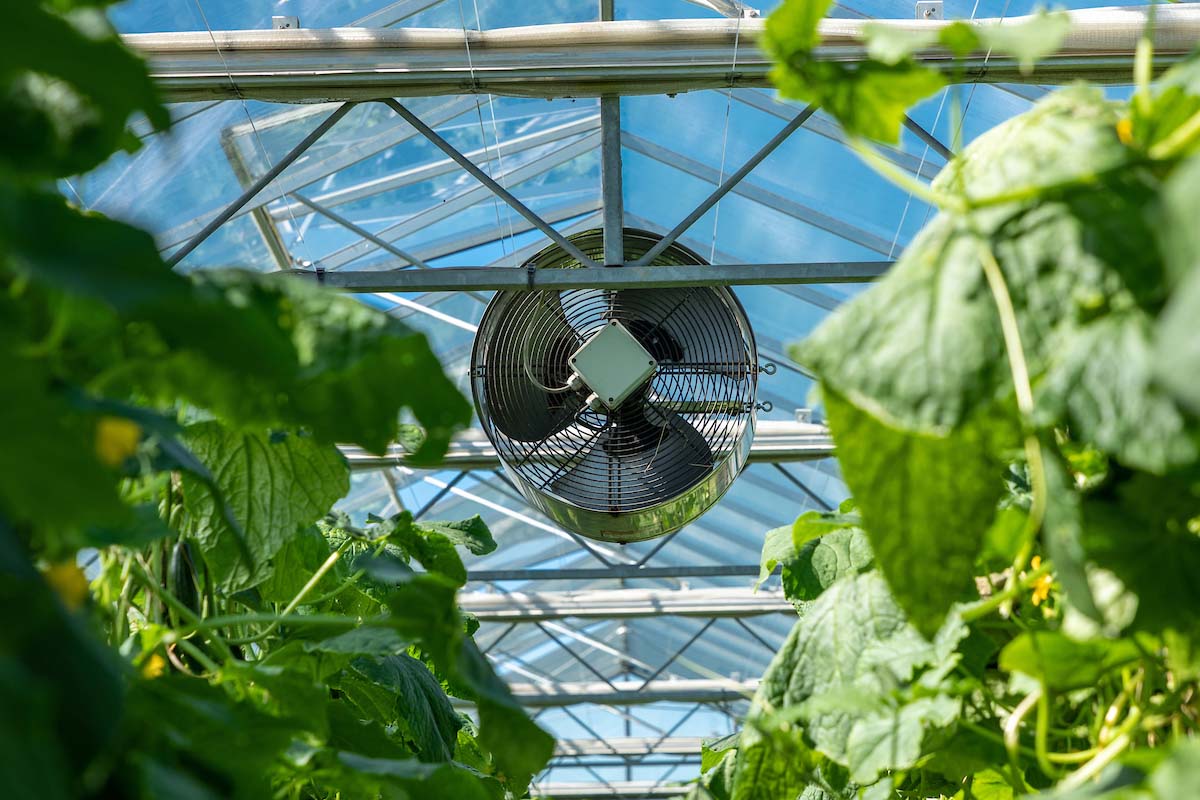
Introduction Continuing the theme of humidity control, this article goes into the detail on the value of air movement with respect to greenhouse humidity. For more information on dehumidification and plant empowerment, see our recent articles on Greenhouse Dehumidification and Plant Empowerment & Dehumidification. Thermodynamics As outlined in our previous articles, plant activity requires water…
-
Energy Market Update – November 2024

October Recap In October, gas and electricity prices saw a continued rise from September, then plateaued, before spiking towards the end of the month. The main factors driving these increases were significant developments in the conflicts in Ukraine and the Middle East. In Israel, military action intensified as troops moved into Lebanon to expel Hezbollah…
-
Plant Empowerment & Dehumidification

In a previous article, we discussed the terms related to humidity, as well as the benefits of active dehumidifiers compared with raising pipe temperatures and opening vents. This article will instead focus on the principles of Growing by Plant Empowerment (GPE) and the benefits of optimising humidity control. Plant Empowerment “Optimisation of plant growth and…
